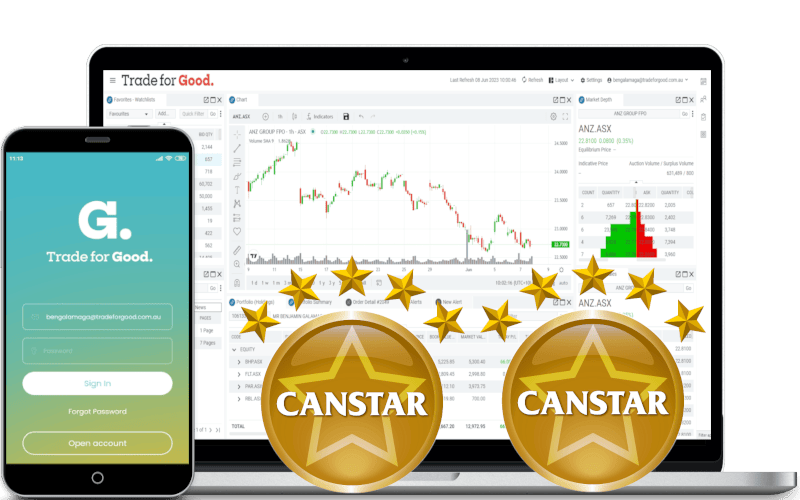Discounted Cash Flow (DCF):
A Simple Guide

Discounted Cash Flow (DCF) analysis is a method used to figure out how much an investment, company, or asset is worth based on the money it’s expected to make in the future. This method helps investors decide if something is a good deal by calculating what those future cash flows are worth today.
Key Ideas of DCF Analysis
- Future Cash Flows: The main idea behind DCF is to estimate how much money (cash flows) the investment or company will generate in the future.
- Discount Rate: To find out what those future cash flows are worth today, you apply a discount rate. This rate reflects how much those future cash flows are worth in today’s terms, considering factors like inflation and risk.

- Present Value (PV): Once you discount the future cash flows, you get their present value, which shows how much those future earnings are worth right now.
- Terminal Value: Since it’s hard to predict cash flows forever, DCF analysis usually includes a “terminal value,” which estimates the value of the investment after the forecast period (usually 5-10 years).
- Total Value: Finally, you add up the present values of all future cash flows, including the terminal value, to get the total value of the investment or company.

How DCF Analysis Works
- Estimate Future Cash Flows: First, estimate how much money the company will make over the next few years (typically 5-10 years).

- Choose a Discount Rate: Next, choose a discount rate, which could be based on the cost of borrowing money or the return you expect to get from the investment.
- Estimate Terminal Value: Calculate the terminal value to estimate the value of cash flows beyond the forecast period.
- Calculate Present Value: Use the discount rate to calculate the present value of each future cash flow. This tells you how much those future cash flows are worth today.

- Add Up Values: Add the present values of all future cash flows and the terminal value to find the total intrinsic value of the investment.

Why DCF Analysis Matters
DCF analysis is important because it helps investors determine the real value of an investment based on its expected future earnings. This is especially useful for long-term investments, where understanding the fundamental value is more important than short-term market fluctuations.

Pros of DCF Analysis
- Thorough: DCF considers all aspects of a company’s operations to provide a detailed valuation.
- Focus on Fundamentals: It emphasizes the actual value of the company based on its ability to generate cash, not just market trends.
- Versatile: You can use DCF to evaluate different types of investments, like stocks, bonds, real estate, and more.

Cons of DCF Analysis
- Sensitive to Assumptions: Small changes in your assumptions about future cash flows or discount rates can have a big impact on the valuation.
- Complexity: DCF analysis requires a good understanding of financial modeling, which can be complicated.
- Uncertainty: Predicting future cash flows can be tricky, especially for companies with unpredictable earnings.

Cash Flow in the Trade for Good Software
Follow these steps to find cash flow information in the Trade for Good Web, and mobile app.
Web
- Click on the 3 horizontal lines, then in the drop-down menu, select Fundamentals, then Statistics.

- Type in a code, e.g. BHP. Then scroll down on the left side, to the bottom for the Cash Flow Statement.

App
- Tap on the 3 horizontal lines.

- Then in the menu, select Fundamentals
 3. Type in the code of the company you are interested in e.g BHP, then scroll down to the bottom for the Cash Flow Statement.
3. Type in the code of the company you are interested in e.g BHP, then scroll down to the bottom for the Cash Flow Statement.

-
This is a video where you can find all the Fundamental data on the Trade for Good software
Read More
The Bottom Line
Discounted Cash Flow (DCF) analysis is a powerful way to value investments by focusing on the money they’re expected to make in the future. By calculating what those future cash flows are worth today, you can estimate the true value of an asset and make informed investment decisions. However, it’s important to carefully consider the assumptions and projections you use to ensure accurate results.

What you learn here has been used in our Trade for Good software.
Click on the button to find our software education videos.
You can read more of our educational articles in the Trade for Good Learn section
Trade for Good Learn











 3. Type in the code of the company you are interested in e.g BHP, then scroll down to the bottom for the Cash Flow Statement.
3. Type in the code of the company you are interested in e.g BHP, then scroll down to the bottom for the Cash Flow Statement.
